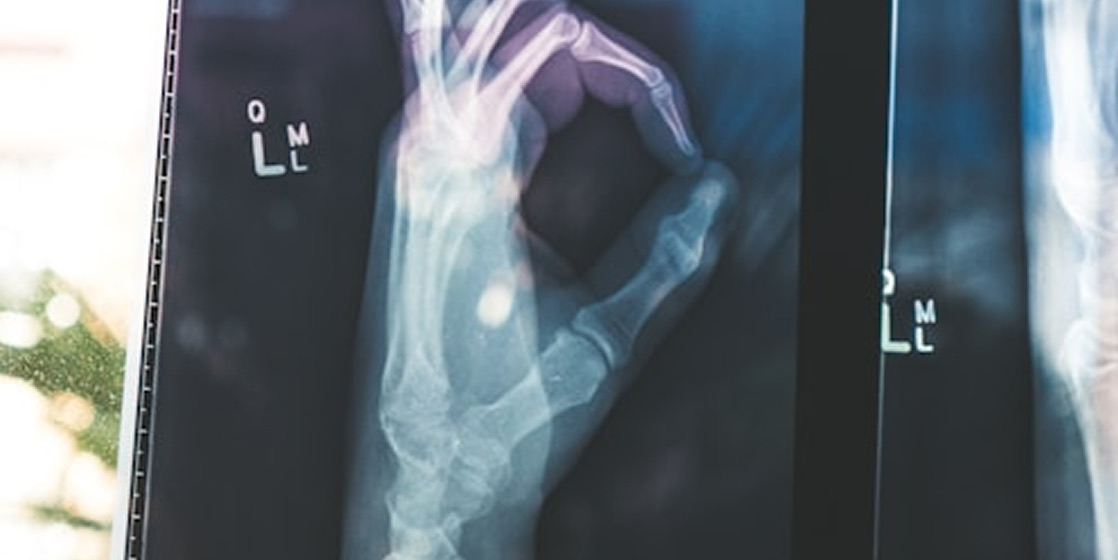Background
The Challenge
“The company wanted to make sure their employee was well taken care of, but they also needed to verify if the injury was work-related.”
The Solution
1. Injury identification and explanation:
The video report began with a clear breakdown of the injury, using:
- Medical illustrations to show the location and structure of the labrum
- Comparisons between the employee’s MRI and a normal shoulder MRI to explain why this finding was described as a SLAP tear
- Examples of traumatic SLAP tears, which showed how the features in the employee’s MRI were atypical of a traumatic SLAP tear
2. Determination of the acuity of the injury
Building on this initial analysis, the video report then:
- Showed the same finding in side-by-side comparisons with the claimant’s own prior MRIs, allowing the hearing officer and attorneys to see for themselves that it existed before the work injury
- Pointed out that the scan showed no signs of a recent injury, such as nearby swelling or joint fluid
3. Expert commentary
To help everyone understand the bigger picture, Mediphany’s subspecialty-trained radiologist:
- Presented medical literature showing that SLAP tears become more common as people age
- Explained how this supported that the finding was likely a natural process rather than from trauma
- Concluded there was no objective evidence that the MRI finding was work-related injury
The Outcome
The clear, objective evidence presented in Mediphany’s video report gave the company’s workers’ compensation department and attorneys the confidence they needed to challenge the claim. By showing what was objectively present in the radiology studies through side-by-side comparisons, expert analysis, and medical literature, the video report provided compelling evidence for their case. This approach not only helped protect the company from an unrelated claim but also potentially saved tens of thousands of dollars.
 (888) 699-2977
(888) 699-2977 







